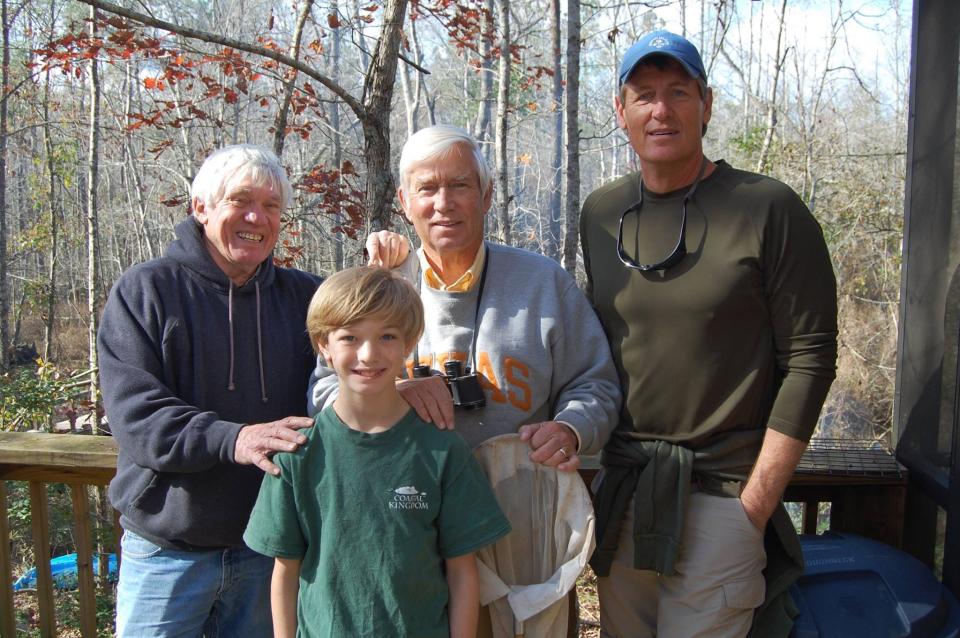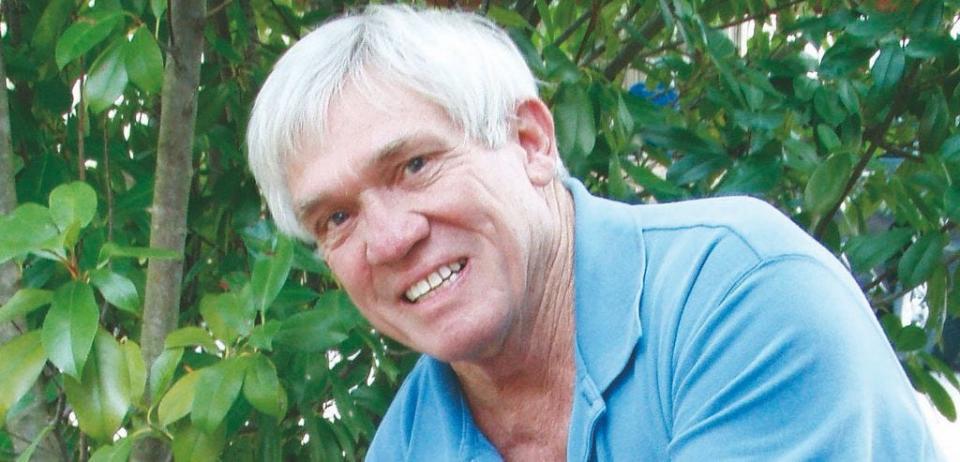Remembering Rudy Mancke, a world-class naturalist | ECOVIEWS
When Rudy Mancke died on Nov. 7, America lost an outstanding environmental educator and a wealth of knowledge about the natural world.
Fortunately, Rudy left much of his treasure chest of ecological information with us in his online videos of NatureScene, one of the longest-running nature shows on national TV. NatureScene has aired for more than 30 years on PBS.
Rudy also hosted the popular NPR show NatureNotes, where he answered ecological questions sent in by listeners. By teaching others to appreciate the plants and animals around them, Rudy was the quintessential champion of the environment.
More: Do raccoons make good pets? | ECOVIEWS
Because he related to everyone from schoolchildren to older adults, Rudy was able to pass along his knowledge about the environment. His enthusiasm for the ecological workings of all living things was contagious. Whether he was describing what crabapples taste like or why yellow jackets in late fall are only females who will become queens, he captivated his listeners.
One of his greatest pleasures was encouraging others to share his passion for the natural world. He was a master at doing just that for countless people nationwide.

Awhile back he visited Salleyland. With Rudy as guide and commentator, I knew our walk in the woods would soon become a wildlife adventure.
Although we did not see a live animal more than 3 inches long, discoveries awaited us during our stroll through the oak-hickory forest. Rudy showed us animal life we might otherwise have overlooked and demonstrated firsthand that revealing the secrets of the natural world can be both entertaining and educational.
Every creature has a story to tell if you know how to listen. Rudy did.
On that sunny day in late autumn, he demonstrated a point I make in “Salleyland:” Wildlife can be enjoyed year-round if you know what to look for and understand something about its backstory.
One creature we saw was an insect with long, fragile-looking legs and a needle-shaped body — a thread-legged bug, an ambush predator related to assassin bugs.
The one we examined is a specialist that preys mainly on what it finds in spider webs. Using its four back legs to walk deftly across the web without sticking to the strands, the thread-legged bug jabs the trapped insect with its front legs. Occasionally, the web’s architect and occupant may become a victim itself. No spider invites a thread-legged bug into its parlor.
As we kicked aside recently fallen leaves and approached a stand of red oak, the essence of Rudy Mancke emerged. “This is unbelievable! Do you know what this is?”
I had been on other nature walks with Rudy. I knew we were about to see something fascinating, but I had no trouble staying calm (and fortunately keeping my mouth shut) when he pointed to what looked like a fungus-covered limb propped against the base of an oak tree.
Nonetheless I knew his enthusiasm was in response to something he’d seen; something I, no doubt, had overlooked. Indeed, what appeared to be a stick was the home of a purseweb spider, the first ever reported from the South Carolina county we were in. Rudy’s excitement at the find quickly spread as he explained the spider’s hunting strategy.
The columnar tube looks innocuous enough to a casual observer, but inside lives a formidable creature, a tarantula native to the eastern United States.
Purseweb spiders have huge jaws and fangs they use in an unusual fashion. When an insect crawls onto the silky web that looks like a stick, the spider emerges from belowground, crawls up the inside of the tube and attacks the ill-fated bug. Sensing the location of the insect by vibrations, the spider bites through the webbing, grabs the prey and pulls it inside, later repairing the torn section.
Any walk in the woods has the potential for interesting revelations. When Rudy Mancke was with you that potential became a near certainty. He will be missed by all who knew him.

Whit Gibbons is professor of zoology and senior biologist at the University of Georgia’s Savannah River Ecology Laboratory. If you have an environmental question or comment, email ecoviews@gmail.com.
This article originally appeared on The Tuscaloosa News: Remembering Rudy Mancke, a world-class naturalist | ECOVIEWS

